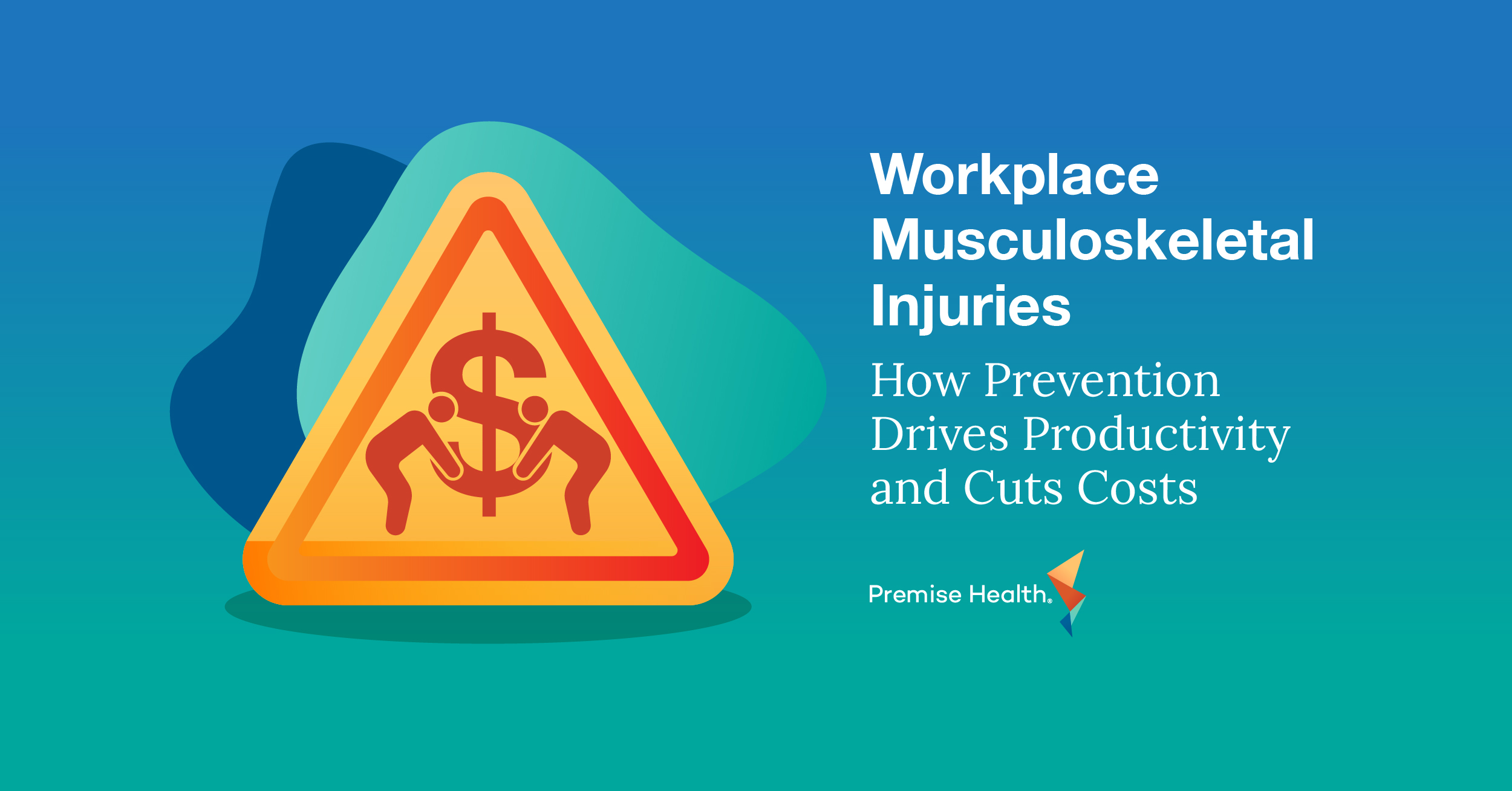Understanding Care Navigation: A Conversation with Michael Yang and Christina Farr, OMERS Ventures
Earlier this year, Premise Health announced the launch of its new How Health Happens webinar series. To kick things off, the first event focused on care navigation and addressed some of the challenges employees face when seeking the right care. If you were unable to attend or would like to watch the recording, click here to watch on demand.
It’s no secret: Healthcare is complex. In the U.S., scheduling, billing, and coordinating care can be so difficult, patients often struggle to navigate their care journeys by themselves. In response, many organizations have invested in care navigation, which can be defined as concierge support from a care team that guides a patient to high-quality, cost-effective, in-network care within their community.
Premise Health President Jami Doucette recently sat down with Michael Yang, managing partner, and Christina Farr, principal investor, from OMERS Ventures for a “How Health Happens” webinar event to break down components of care navigation, the value it can deliver to employers and their employee populations, and where the healthcare industry is headed. Here are three takeaways from their conversation:
Healthcare Complexity and Literacy Complicate Navigation
The healthcare system is not designed in a way that can be easily understood nor navigated when you find yourself in a situation that requires care. In addition, healthcare literacy, defined by the CDC as an individual’s ability to find, understand, and use information and services to inform health-related decisions and actions for themselves and others, adds to the issues. Low health literacy in the U.S. makes navigating a broken healthcare system far more challenging.
The industry’s lack of transparency is a significant downfall, adding to the frustration of navigating care. Most consumers enter the healthcare system infrequently, and only when there’s a specific need, resulting in limited opportunities to learn the ins and outs. As a result, effective self-navigation is not realistic for consumers in need of healthcare.
To address this problem, employers are taking an increasingly assertive role to ensure employees and dependents receive the right care, at the right time. But the lift is large, and it requires the support of benefits partners to be successful.
Human Connection is Required
Approximately 25% of total medical spend is shoppable, which means choosing the right provider and facility has a direct correlation to savings. However, the lack of transparency when it comes to healthcare cost and quality makes shopping for high-quality, cost-effective care challenging. When done right, clinical navigation connects people to an expert care coordinator to help them make informed decisions that take quality and price into account.
“Often times, decisions about the kind of care are emotional, and there is a set of biases and ideas around what is best for them and their family. Because of this, there is a need for someone with high empathy to walk that person through the way they are doing things now, why they are doing it that way, suggest possible alternatives, and maybe a step further and finding them an open appointment with a PCP to form a connection.” – Christina Farr
While care navigation can deliver both to the bottom line of the organization and the employee population, not all solutions are created equal. Most consumers make healthcare decisions based on emotions, so a successful care navigator needs to be empathetic – this requires a human connection. While automation has certainly created efficiencies in the healthcare world, an automated care navigation approach will fall flat. Employers should consider care navigation tools and resources that focus on the user experience, ultimately putting employees in touch with another human who they can connect, build trust, and develop a relationship with. This will lead to more informed decision making from the deeper level of trust and an established relationship.
Employers need to be mindful of business models solely focused on automation to scale. Ask yourself this question – If you found yourself on the receiving end of a challenging healthcare diagnosis, would you want to speak with a robot to navigate your care journey? The answer is likely no. Care navigation success relies on how relatable and empathetic the person on the other end of the phone is, not how quickly your automated system can respond to a question.
Administrative complexity is also a hassle for patients, and ultimately increases their cost of care. Nearly 25% of patients postpone care due to administrative tasks they’re required to complete. Having a human being guide you throughout your journey, from figuring out where to go, to making the appointment, to sending reminders, to follow up after the fact, eliminates a lot of that headache and helps people get the care they need.
Transparency in Absence of Support is Meaningless
As the healthcare space continues to shift and focus on value-based care, where reimbursement is dictated by overall quality and health outcomes, care navigation plays a critical role. You can’t see the fruits of a true value-based model without navigation. Why? Consumers cannot make informed decisions if they aren’t confident in the data or don’t understand their choices. Employers can support the shift to value-based care by providing employees with both access to information and navigation resources. Care navigators are the glue to making this a reality.
Educating and incentivizing your population will be critical, too. If employees are unaware of rewards, navigation tools, and live support readily available through your benefit offering, they won’t be utilized. Overcommunicating what’s available is a must to activate your population and help them make informed decisions that lead to lower costs and better health outcomes.
Optimizing the Value of Care Navigation for Your Organization
Care Navigation is Premise’s concierge referral coordination solution that helps members seamlessly navigate the healthcare system. We are there for members before, during, and after their visit to create an exceptional experience. Our innovative take on population health, Connected Care+, helps members access value-based care from high-quality providers and facilities while delivering significant savings for employers and optimal outcomes for members.
Learn how Premise can help optimize the care of your employees. Contact us today.
Next on industry insights.

Workplace Musculoskeletal Injuries: How Prevention Drives Productivity and Cuts Costs
Read the Blog
4 Overlooked Chronic Conditions That Benefit from Personalized Care
Read the Blog